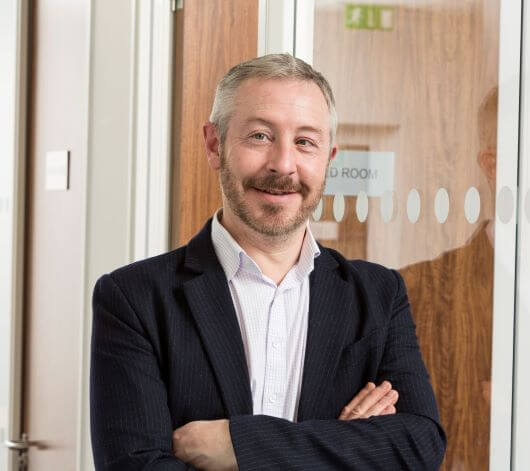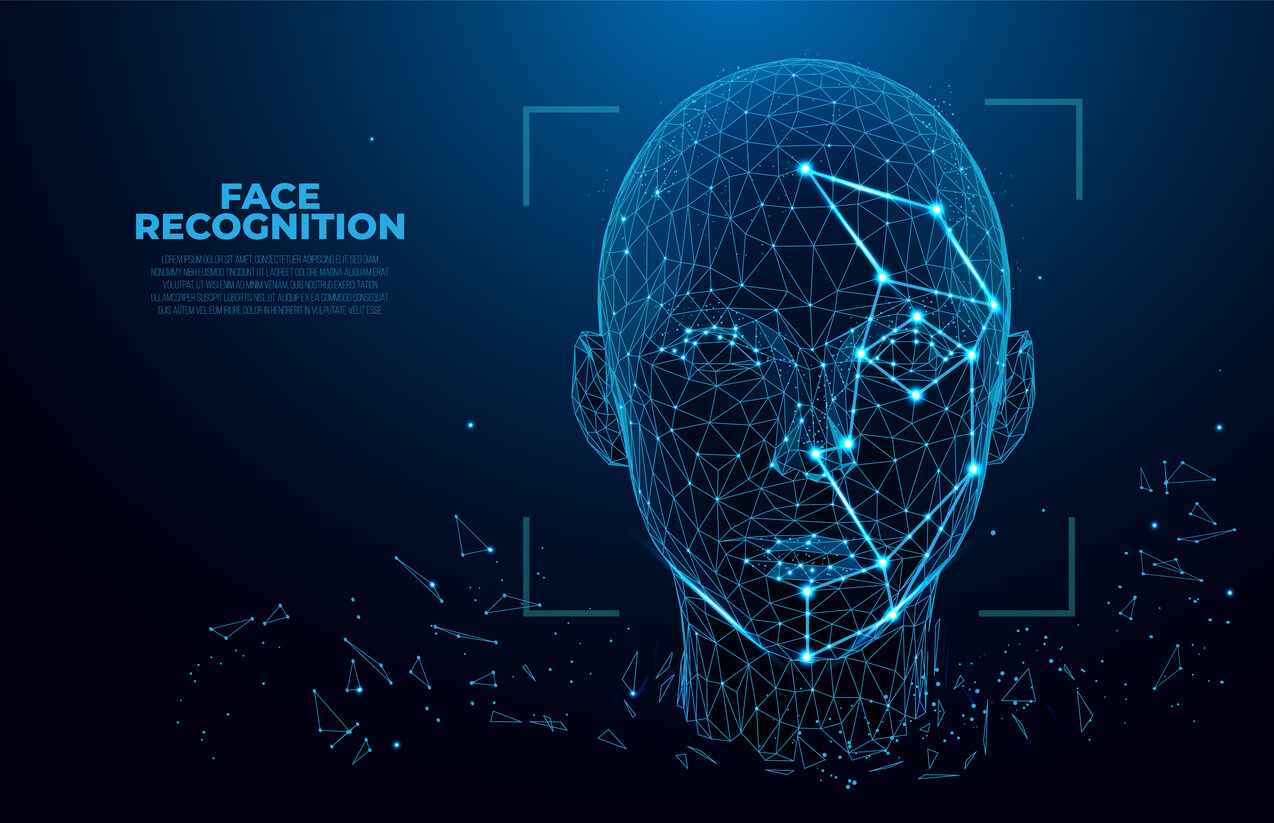
The five biggest technology trends for housing in 2022
Trevor Hampton, director of housing solutions at NEC Software Solutions UK, looks at most impactful technology trends in housing 2022.
Although the pandemic has affected the way we live and work and will continue to do so for the foreseeable future. It’s certainly accelerated the need and appetite for new technologies that can gather information more effectively to enable more informed decision making.
Here are five technology trends that are likely to have the biggest impact in housing this year:
-
AI and hyper automation
Artificial intelligence (AI) has proven itself to be a useful technology to predict which tenants will fall into arrears with rent payments, enabling housing organisations to step in and provide more support. In 2022, we can expect to see Artificial Intelligence expand into other areas such as antisocial behaviour and repairs.
Let’s take repairs, for example. Housing organisations could receive an alert to advise when addressing one repair that they should also attend to other associated issues in the property. This would avoid repeat visits based on failure, fault and analysis predictions, or if temperature levels in a property fall below a certain point they should call the tenant to check all is well. With this type of insight, it will be much easier to keep on top of maintenance and repairs and as a result, ensure the wellbeing of the tenant and the asset.
-
Decision intelligence
Bringing asset, tenancy and health data together is vital to be able to see patterns or anomalies and I think we will start to see more innovative ways to collect data. For example, the use of smart kettles or televisions, which could offer a non-intrusive way to provide more tailored care for vulnerable tenants alongside wearables for monitoring wellbeing and enriched with individual’s health parameters for alerts. Tenants can personalise the alerts for themselves, family and carers and subscribe to data streams opting in and out as they feel comfortable to share.
Data captured in this way could make it simple to create a profile of habits, say the kettle is usually turned on four times a day or the TV is on every morning and evening. Any changes in usage could provide an early warning that something may be amiss.
Smart glasses could move from being a lifestyle accessory to something that could be adapted for housing to collect useful data about a property. For example, by wearing the glasses, council staff and landlords could carry out quick and thorough tenancy inspections to review the condition of a property. Using them to take photos, videos and recording voice notes that could be automatically updated to their online database. It’s not too much of a stretch to imagine that the glasses could, in the future, have the capability to highlight things the human eye might miss, such as early signs of damp or cracks in a wall that could indicate structural issues.
-
Virtual Assistance
To reduce unnecessary call outs, we will see more ways to diagnose problems remotely using photos or videos, which could be shared by a resident via a smart device installed in the home.
By linking to an app, residents could also have the ability to let people in and out of the property remotely. Say if they are due a repair visit while out of the home. This would reduce the number of ‘no access’ visits, saving the cost and time of wasted appointments and ensuring properties remain well maintained.
- Sustainability
As organisations make changes to meet net-zero, we will see a rise in IoT devices being fitted. They will provide a great way to measure whether any implemented changes are making a difference. For instance, whether installing temperature sensors are making homes more energy efficient. IoT-enabled technology could help housing organisations understand whether the measures they put in place will have a positive effect on the environment.
-
Privacy–Enhancing Computation (PEC)
Three decades after Tim Berners-Lee gave us the World Wide Web, he’s now made it his priority to help put people in control of their personal data. He believes technology will be the answer to give individuals more control.
Privacy-enhancing computation (PEC) can help keep personal data confidential and prevent data breaches. But users will also want to take back control of their own data, for example via secure personal online datastores (PODs). Here they can store personal information such as their address, credit history, health records and passport details. They can grant and withdraw access to certain elements of this data to third parties as they see fit.
This could be a positive step for housing as they will be confident that the information provided by users is correct and up to date. It also makes compliance on data protection and privacy a more straight-forward process as the individual is in charge.
As we start 2022, the future may feel a little uncertain but one thing we can be sure of is housing will be looking to the new technologies that support effective conversations with residents, provide a clear picture of risk and offer the intelligence to know when to step in to avert a crisis.


